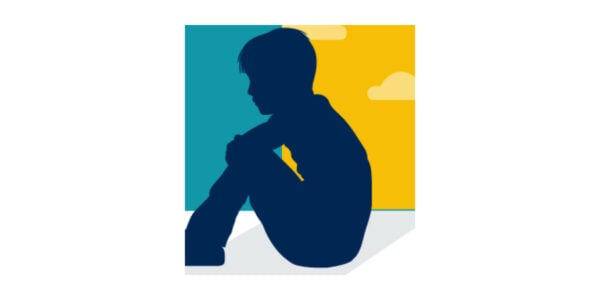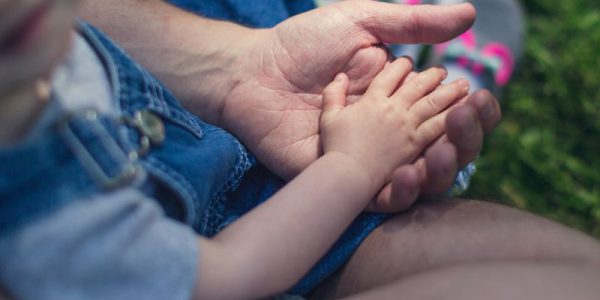Today, the Ministry of Justice (MoJ) has published information about the number of children subject to applications to deprive them of their liberty under the inherent jurisdiction of the high court (DoL applications) in their Family Court Statistics Quarterly release. It shows that 289 children were subject to applications to deprive them of their liberty between October to December 2023 in England and Wales.
This marks just the second time that information about children subject to DoL applications has been included in national administrative data.
What does this release of data show?
How many applications were made?
There were 289 applications – relating to 289 individual children – for DoL orders in the high court between October and December 2023. This compares to 340 applications (including 38 ‘repeat’ applications relating to the same child) over the same period last year, according to FJO data. This suggests a slight decrease in the volume of applications, but overall the number of children subject to DoL applications remains similar.
Overall, FJO data (covering January-June) and data from the MoJ (covering July-December) suggests that 1,368 children have been subject to DoL applications in 2023.
Because data about children subject to DoL applications has not previously been published by government departments in national administrative data, it is difficult get an accurate sense of how much the use of DoL orders is increasing. It is nonetheless clear that its use has increased substantially over the last five years.
Prior to the establishment of the national DoL court in July 2022, our only source of data was Cafcass (England), which recorded how many DoL applications it was involved with. The latest data from 2020/21 indicated that Cafcass were involved in 579 applications that year – a 462% increase from 2017/18 (103 applications). Data from Cafcass Cymru is not available for Wales.
Data collected by the FJO from the national DoL court showed that there were 1,389 applications between July 2022 and June 2023.
This suggests that the number of applications has more than doubled since 2021.
How does this compare to applications for secure accommodation orders?
According to MoJ, over the same period (October to December 2023), there were 52 applications for secure accommodation orders to place children in a secure children’s home (see Figure 2). There was over 5 times the number of DoLs applications, compared to secure accommodation applications.
This reflects a growing trend where applications for DoL orders – which authorise the deprivation of a child’s liberty in an unregulated secure placement – vastly outnumber applications to place children in registered secure accommodation. There is severe shortage of places in secure children’s homes, with around 50 children waiting for a place on any given day.
Who made the applications?
Most applications were made by local authorities (286). 3 applications were made by hospitals or other applicants.
The most applications were made by local authorities in London (20.1%), followed by the South East (17.0%), and the North East (16.6%).
This compares to data collected by the FJO, from July 2022 to June 2023, which showed that just over a fifth (21.2%) of all applications were made by local authorities in the North West of England, followed by 16.8% of applications from local authorities in London, and 11.8% from local authorities in the South East. Due to differences in how the regions have been defined, data is not directly comparable.
What do we know about the children involved?
Over half of children (56.7%) were aged between 13-15 years, 30.8% were aged between 16 and 18, and 12.5% were 12 or under (see Figure 3). Data previously published by the FJO has shown that the majority of children subject to DoLs orders were 15 and above.
Just over half of all children were female (52.2%), 45.0% were male, and 2.8% of children identified as ‘other’ (see Figure 4).
The MoJ data release does not tell us why the application was made, the ethnicity of children subject to applications, or whether a DoL order was made.
For further information about the needs and characteristics of children subject to DoLs applications, see here.







